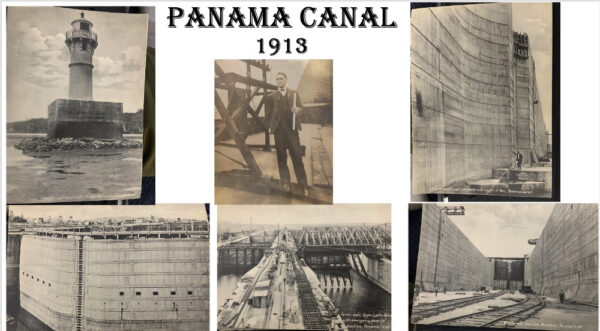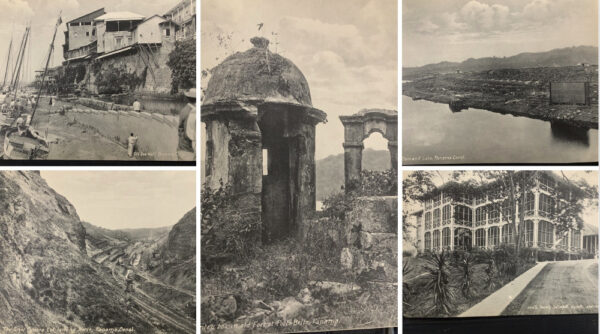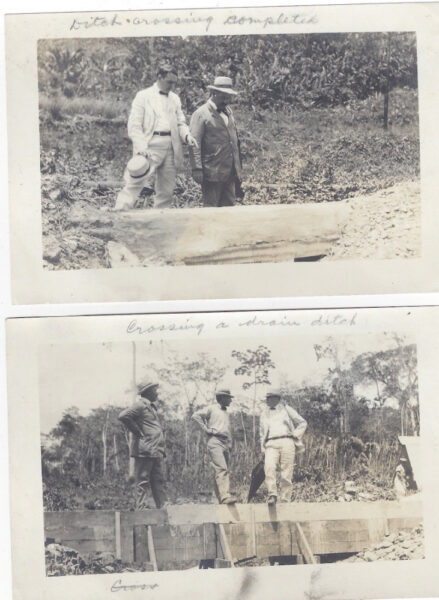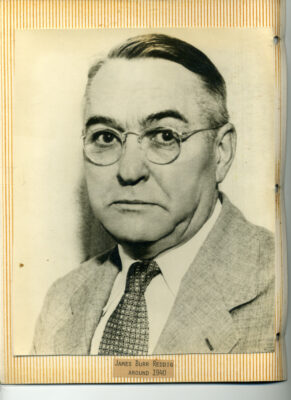Canal Zone

We got lost in the Canal Zone yesterday- “Zoning” is the term these days that shares some of the original meaning. First though, the morning news. There is a bunch of it.
Local stuff first. George Washington University, home of the Colonials, has announced they are abandoning that team nick-name. We understand the people who work there now consider the term ‘exploitive.’ The position on the Writer’s Section patio is that we were colonies back then, and even have a member whose family contributed a trooper in the 3rd Pennsylvania Infantry, 1776-81. He actually served in the conflict that enabled us to stop using the word altogether. In the same jumbled of disjointed historical reporting, we are apparently going back to the Moon. We were last there some fifty years ago, so it must be time to return.
None of us participated directly in the extra-orbital space flight series, but we have all been to the Canal and we were naturally sucked back into our personal histories. The Chairman’s grandfather had a minor role in the project, which in it’s time was as big a matter of national prestige as the landing on the Moon. There was a lot involved in it, including the territory of a colonial un-sovereign Columbia in a strange arrangement that apportioned part of their territory into a nation called “Panama” with a Canal Zone apportioned to the United States to complete digging the one-time French Canal across the isthmus of Panama.
Back then, the project consumed $350 million dollars. Adjusted for inflation, that is worth about $10.6 Billion today. Considering the amount of money spent to provide Ukraine defensive capabilities against Russian “special operations,” we suspect that is a little little light on the estimate. But as we have seen in recent times, it is the history itself that is being re-written to demonize the people who actually did the work. This is what they started with:

The images above were part of a package of pictures brought back from Colon. Each image is an 8X10 black-and-white depiction of what it was like in person. Above, the enormity of the job is apparent. Moving mountains, protecting old Spanish colonial fortifications overlooking the swarm of activities, including construction of special quarters for the nursing staff. Thousands perished in the effort. The Panama Canal Authority, the non-Colonial entity that now operates the system, claims that 22,000 people died across the scope of the thirty-years of building.
The French failed at a sea-level effort, 1881-1899. The Americans labored (1901-1914) with a new scheme, which was to raise ships up to the level of Lake Gatun for a 28-mile transit some 85 feet above sea-level. And then lower them again gently to the ocean by a sort of hydraulic elevator. Efficient? Takes about a half a day, and some of us have done it onboard. Nearly a million ships have done it, not adjusted for anything except the new wider PanaMax vessels using the new 1977 locks, have made the transit.
Some of the people that did it paid with their lives. Many, like the Chairman’s grandfather, did much smaller parts of the enormous project. These two ancient snap-shots from 1913 show one of his contributions, which was a bridge over a drainage ditch to safely carry the phone lines that would enable the enterprise to work.

The two images show grandfather inspecting the work necessary to protect the new telephone cables laid over the canal’s smaller drainage ditches. The telephones would replace signal pennants to enable efficient opening-and-closing operations of the big Canal locks at maximum efficiency.
Some of us had been assigned to the various commands that the United States has operated to defend the ditch between the seas. With 110 years in service, the Canal has seen a lot tonnage moved east and west, or north and south if you look on a map. Some of the effort helped America build itself.
Meanwhile, feelings were rising. The 1977 Treaty with Panamanian Dictator Omar Torrijos specified a period of joint American and Panamanian control with the Canal reverting to Panama in 1999. The President who gave it away- Jimmy Carter- is in hospice care now. He thought it was an important gesture, and we honor his service even if we didn’t agree with the decision. We imagine he might think of us as colonialists.
It would be interesting to hear what the Chairman’s Grandfather thought, but he has been gone to his reward almost as long as the Canal has been in operation. We suspect he might not have approved. But heck, he was just responsible for some telephone cables. 110 years ago, he might just have been proud.
The note on his snap shot? “Ditch Crossing Complete.” We think that might be the best description of the whole thing.

Copyright 2023 Vic Socotra
www.vicsocotra.com
